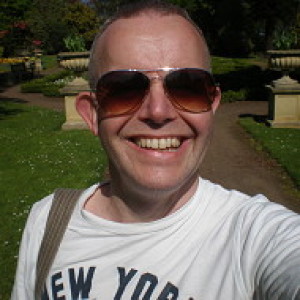Heriot Row, Edinburgh
Since it was such a beautiful day today, Kryptomart and I had a walk round stockbridge and the New Town, where I blipped Robert Louis Stevenson's House in 17 Heriot Row.
Robert Louis Balfour Stevenson (13 November 1850 - 3 December 1894) was a Scottish novelist, poet, essayist and travel writer. His best-known books include Treasure Island, Kidnapped, Catriona, The Master of Ballantrae and Strange Case of Dr Jekyll and Mr Hyde.
Stevenson was a celebrity in his own time, but with the rise of modern literature after World War I, he was seen for much of the 20th century as a writer of the second class, relegated to children's literature and horror genres.
Condemned by literary figures such as Virginia Woolf (daughter of his early mentor Leslie Stephen) and her husband Leonard, he was gradually excluded from the canon of literature taught in schools. His exclusion reached a height when in the 1973 2,000-page Oxford Anthology of English Literature Stevenson was entirely unmentioned; and The Norton Anthology of English Literature excluded him from 1968 to 2000 (1st-7th editions), including him only in the 8th edition (2006).
The late 20th century saw the start of a re-evaluation of Stevenson. In 1965 things changed when he was praised by Roger Lancelyn Green, an Oxford academic, as a writer of a consistently high level of "literary skill or sheer imaginative power" and a co-originator with H. Rider Haggard of the Age of the Story Tellers.
He is now being re-evaluated as a peer of authors such as Joseph Conrad (whom Stevenson influenced with his South Seas fiction), and Henry James, with new scholarly studies and organisations devoted to Stevenson. No matter what the scholarly reception, Stevenson remains popular worldwide, for writing unpretentious, entertaining and popular novels.

Comments
Sign in or get an account to comment.


